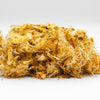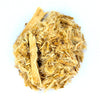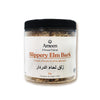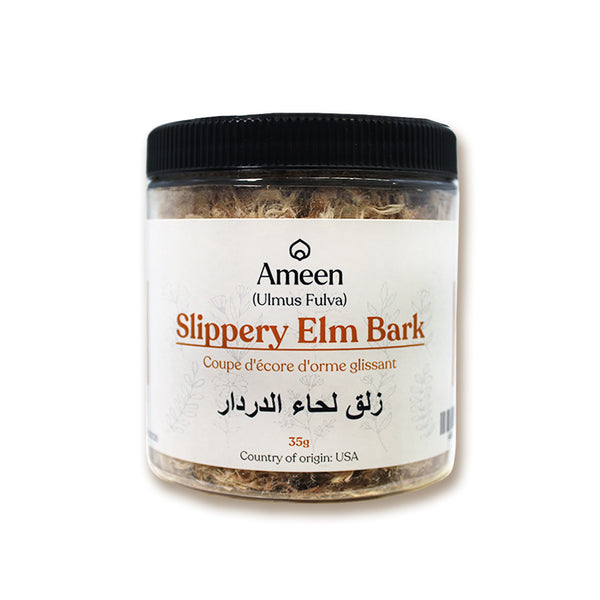Slippery Elm Bark, scientifically named Ulmus rubra, is a treasured natural ingredient, renowned for its diverse applications in traditional wellness practices. Harvested from the majestic Slippery Elm tree, this bark is defined by its rough, textured exterior and mucilaginous inner layer—a slick and nutrient-rich substance central to its multifaceted uses.
Versatile Uses of Slippery Elm Bark
Herbal Remedies
Praised for its soothing qualities, Slippery Elm Bark has long been a staple in herbal preparations:
- Tea: Brewed into a mild, subtly sweet tea that is both comforting and easy to enjoy.
- Poultices: Applied topically to support skin health and promote comfort.
Nutritional Support
Historically used as a survival food by Native Americans, Slippery Elm Bark’s mucilaginous inner layer forms a nutritious gel when mixed with water, offering sustenance in times of need. This nutrient-rich property underscores its legacy as a vital resource for both health and sustenance.
Culinary and Therapeutic Legacy
Beyond its medicinal properties, Slippery Elm Bark holds a place in culinary traditions. Its gel-like consistency is not only nourishing but also versatile, demonstrating its adaptability in survival and wellness contexts alike.
Why Choose Slippery Elm Bark?
- Soothing Texture: Gentle on digestion and easy to use in teas and topical applications.
- Rich Heritage: A cornerstone of traditional remedies with a longstanding cultural significance.
- Natural Versatility: Suitable for culinary, therapeutic, and wellness practices.
Botanical and Cultural Significance
Botanical Name: Ulmus rubra
Common Names:
- English: Slippery Elm Bark, Red Elm, Moose Elm, Indian Elm
- Scientific Synonyms: Ulmus fulva, Ulmus rubra Muhl., Ulmus fulva Michx.
- Other Names: Sweet Elm, Soft Elm, Slippery Elm Inner Bark, Indian Elm Bark





